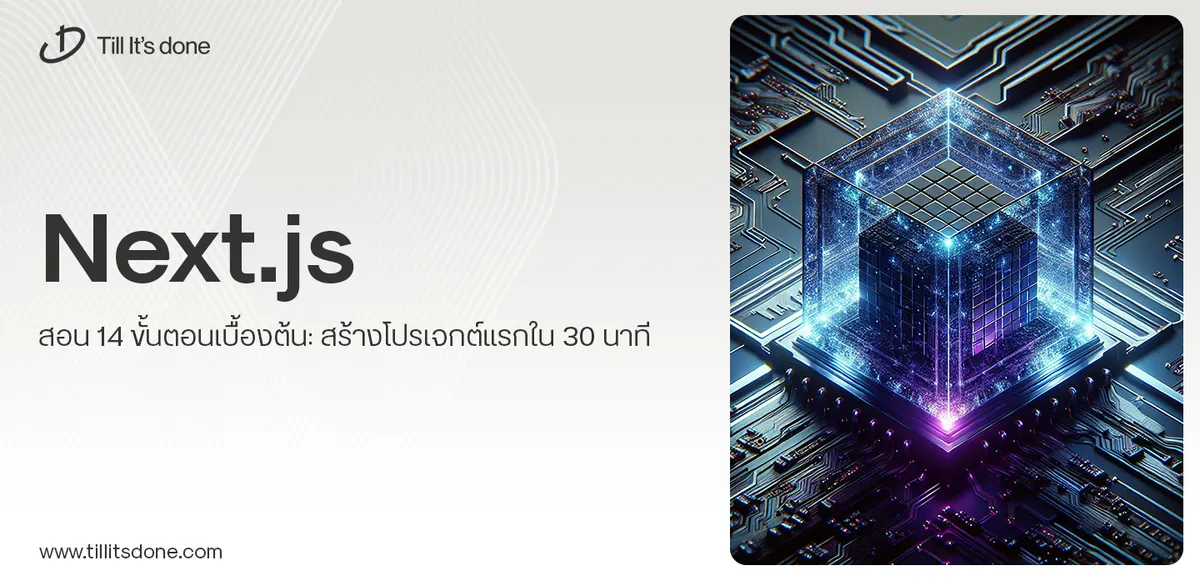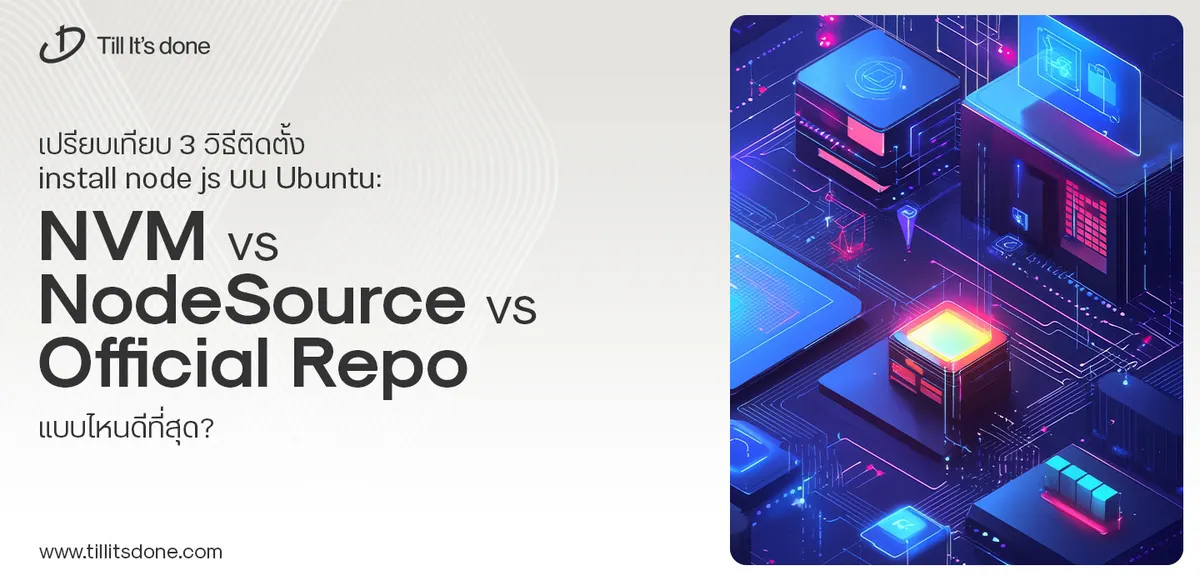- Services
- Case Studies
- Technologies
- NextJs development
- Flutter development
- NodeJs development
- ReactJs development
- About
- Contact
- Tools
- Blogs
- FAQ
Understanding Go's defer Statement Guide
Learn best practices, common pitfalls, and practical examples to write more maintainable Go programs.

Understanding Go’s defer statement and best practices

Go’s defer statement is one of those features that, once mastered, becomes an indispensable tool in your programming arsenal. Think of it as your code’s cleanup crew, always ready to tidy up after your function finishes its work. Let’s dive deep into understanding how defer works and how to use it effectively.
What is defer?
The defer statement is like leaving a sticky note for your future self. When you defer a function call, you’re essentially saying, “Hey, make sure to run this before you leave the room.” The deferred function calls are executed in a Last-In-First-Out (LIFO) order, right before the surrounding function returns.

Common Use Cases
The most common and practical uses of defer include:
- File Operations
func readFile(filename string) error { file, err := os.Open(filename) if err != nil { return err } defer file.Close() // Rest of the file operations}- Mutex Locks
func updateCache() { mu.Lock() defer mu.Unlock() // Protected code here}- Database Connections
func queryDB() { conn := db.Connect() defer conn.Close() // Database operations}Best Practices and Tips
1. Defer Right After Acquisition
Always place your defer statement right after acquiring a resource. This ensures you don’t forget about cleanup, even if you add more code later.

2. Watch Out for Loop Usage
Be careful when using defer inside loops. Remember that deferred functions won’t execute until the function returns, not when the loop iteration ends.
// Don't do thisfunc processFiles(filenames []string) error { for _, filename := range filenames { file, err := os.Open(filename) if err != nil { return err } defer file.Close() // This will stack up! } return nil}
// Do this insteadfunc processFiles(filenames []string) error { for _, filename := range filenames { if err := processFile(filename); err != nil { return err } } return nil}
func processFile(filename string) error { file, err := os.Open(filename) if err != nil { return err } defer file.Close() return nil}3. Mind the Order
Remember that deferred functions are executed in LIFO order. This can be particularly important when dealing with dependent resources:
func process() { defer fmt.Println("First") defer fmt.Println("Second") defer fmt.Println("Third") // This will print: // Third // Second // First}4. Be Careful with Named Return Values
When using named return values, defer can modify them:
func example() (result int) { defer func() { result *= 2 }() return 5 // Will return 10, not 5}Conclusion
The defer statement is a powerful feature that helps write cleaner, more maintainable code. By following these best practices, you can avoid common pitfalls and make the most of this elegant Go feature. Remember: defer is not just about cleanup – it’s about writing code that’s both robust and readable.

 สร้างเว็บไซต์ 1 เว็บ ต้องใช้งบเท่าไหร่? เจาะลึกทุกองค์ประกอบ website development cost อยากสร้างเว็บไซต์แต่ไม่มั่นใจในเรื่องของงบประมาณ อ่านสรุปเจาะลึกตั้งแต่ดีไซน์, ฟังก์ชัน และการดูแล พร้อมตัวอย่างงบจริงจาก Till it’s done ที่แผนชัด งบไม่บานปลายแน่นอน
สร้างเว็บไซต์ 1 เว็บ ต้องใช้งบเท่าไหร่? เจาะลึกทุกองค์ประกอบ website development cost อยากสร้างเว็บไซต์แต่ไม่มั่นใจในเรื่องของงบประมาณ อ่านสรุปเจาะลึกตั้งแต่ดีไซน์, ฟังก์ชัน และการดูแล พร้อมตัวอย่างงบจริงจาก Till it’s done ที่แผนชัด งบไม่บานปลายแน่นอน  Next.js สอน 14 ขั้นตอนเบื้องต้น: สร้างโปรเจกต์แรกใน 30 นาที เริ่มต้นกับ Next.js ใน 14 ขั้นตอนเพียงแค่ 30 นาที พร้อม SSR/SSG และ API Routes ด้วยตัวอย่างโค้ดง่าย ๆ อ่านต่อเพื่อสร้างโปรเจ็กต์แรกได้ทันทีที่นี่
Next.js สอน 14 ขั้นตอนเบื้องต้น: สร้างโปรเจกต์แรกใน 30 นาที เริ่มต้นกับ Next.js ใน 14 ขั้นตอนเพียงแค่ 30 นาที พร้อม SSR/SSG และ API Routes ด้วยตัวอย่างโค้ดง่าย ๆ อ่านต่อเพื่อสร้างโปรเจ็กต์แรกได้ทันทีที่นี่  วิธีสมัคร Apple Developer Account เพื่อนำแอปขึ้น App Store ทีละขั้นตอน อยากปล่อยแอปบน App Store ระดับโลก มาอ่านคู่มือสมัคร Apple Developer Account พร้อมเคล็ดลับ TestFlight และวิธีอัปโหลดที่ง่ายในบทความเดียวนี้ได้เลย
วิธีสมัคร Apple Developer Account เพื่อนำแอปขึ้น App Store ทีละขั้นตอน อยากปล่อยแอปบน App Store ระดับโลก มาอ่านคู่มือสมัคร Apple Developer Account พร้อมเคล็ดลับ TestFlight และวิธีอัปโหลดที่ง่ายในบทความเดียวนี้ได้เลย  TypeScript Interface คืออะไร? อธิบายพร้อมวิธีใช้และข้อแตกต่างจาก Type เรียนรู้วิธีใช้ TypeScript Interface เพื่อสร้างโครงสร้างข้อมูลที่ปลอดภัยและเข้าใจง่าย พร้อมเปรียบเทียบข้อดีข้อแตกต่างกับ Type ที่คุณต้องรู้ ถูกรวมเอาไว้ในบทความนี้แล้ว
TypeScript Interface คืออะไร? อธิบายพร้อมวิธีใช้และข้อแตกต่างจาก Type เรียนรู้วิธีใช้ TypeScript Interface เพื่อสร้างโครงสร้างข้อมูลที่ปลอดภัยและเข้าใจง่าย พร้อมเปรียบเทียบข้อดีข้อแตกต่างกับ Type ที่คุณต้องรู้ ถูกรวมเอาไว้ในบทความนี้แล้ว  Material-UI (MUI) คืออะไร อยากสร้าง UI สวยงามและเป็นมืออาชีพในเวลาอันรวดเร็วใช่ไหม มาทำความรู้จักกับ Material-UI (MUI) ที่ช่วยให้คุณพัฒนาแอปพลิเคชันบน React ได้ง่ายและดูดีในทุกอุปกรณ์
Material-UI (MUI) คืออะไร อยากสร้าง UI สวยงามและเป็นมืออาชีพในเวลาอันรวดเร็วใช่ไหม มาทำความรู้จักกับ Material-UI (MUI) ที่ช่วยให้คุณพัฒนาแอปพลิเคชันบน React ได้ง่ายและดูดีในทุกอุปกรณ์  เปรียบเทียบ 3 วิธีติดตั้ง install node js บน Ubuntu: NVM vs NodeSource vs Official Repo แบบไหนดีที่สุด? เรียนรู้วิธีติดตั้ง Node.js บน Ubuntu ด้วย NVM, NodeSource หรือ Official Repo เลือกวิธีที่เหมาะกับความต้องการของคุณ พร้อมเปรียบเทียบ เพื่อการพัฒนาที่มีประสิทธิภาพ!
เปรียบเทียบ 3 วิธีติดตั้ง install node js บน Ubuntu: NVM vs NodeSource vs Official Repo แบบไหนดีที่สุด? เรียนรู้วิธีติดตั้ง Node.js บน Ubuntu ด้วย NVM, NodeSource หรือ Official Repo เลือกวิธีที่เหมาะกับความต้องการของคุณ พร้อมเปรียบเทียบ เพื่อการพัฒนาที่มีประสิทธิภาพ! Talk with CEO
We'll be right here with you every step of the way.
We'll be here, prepared to commence this promising collaboration.
Whether you're curious about features, warranties, or shopping policies, we provide comprehensive answers to assist you.


